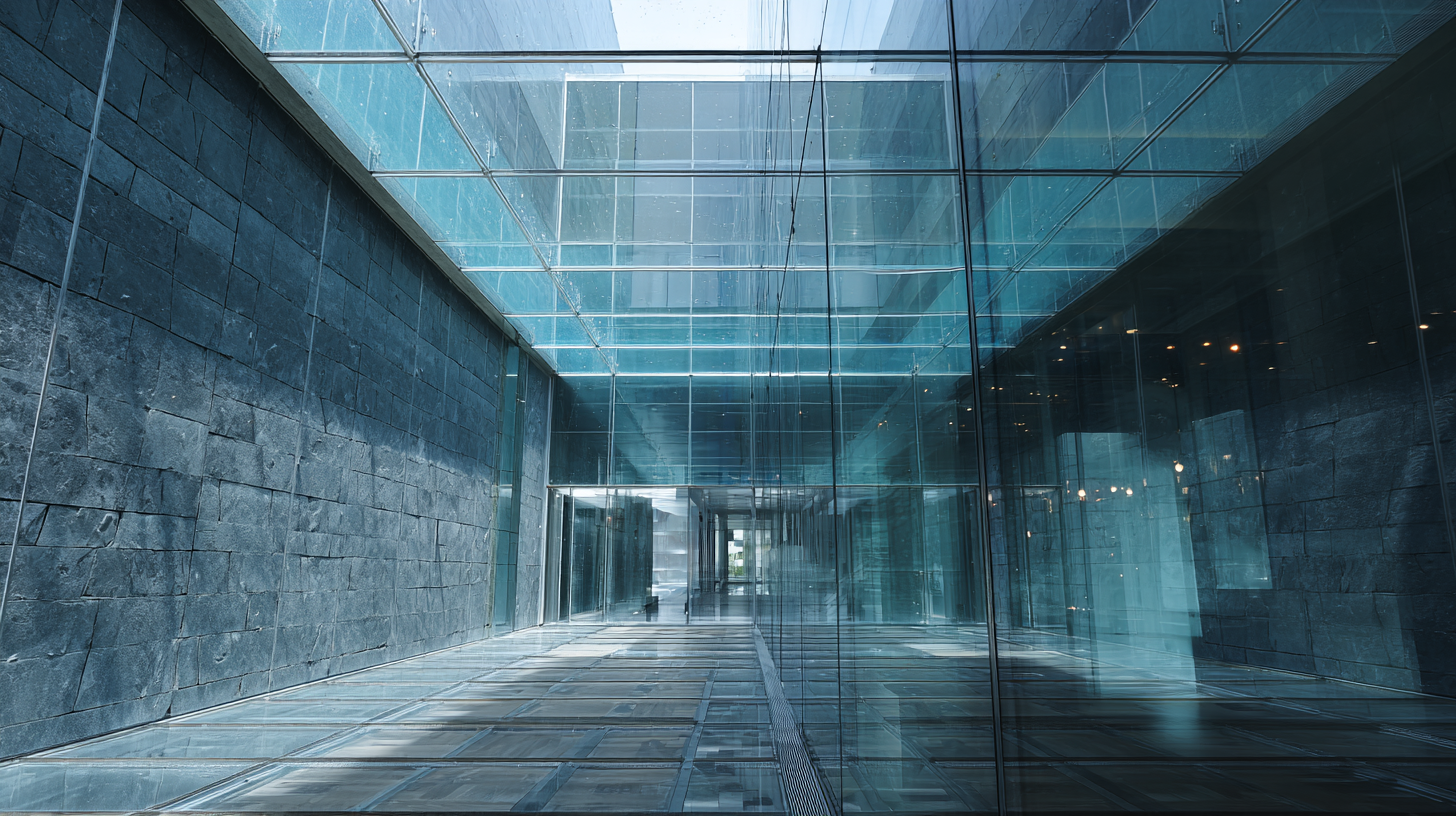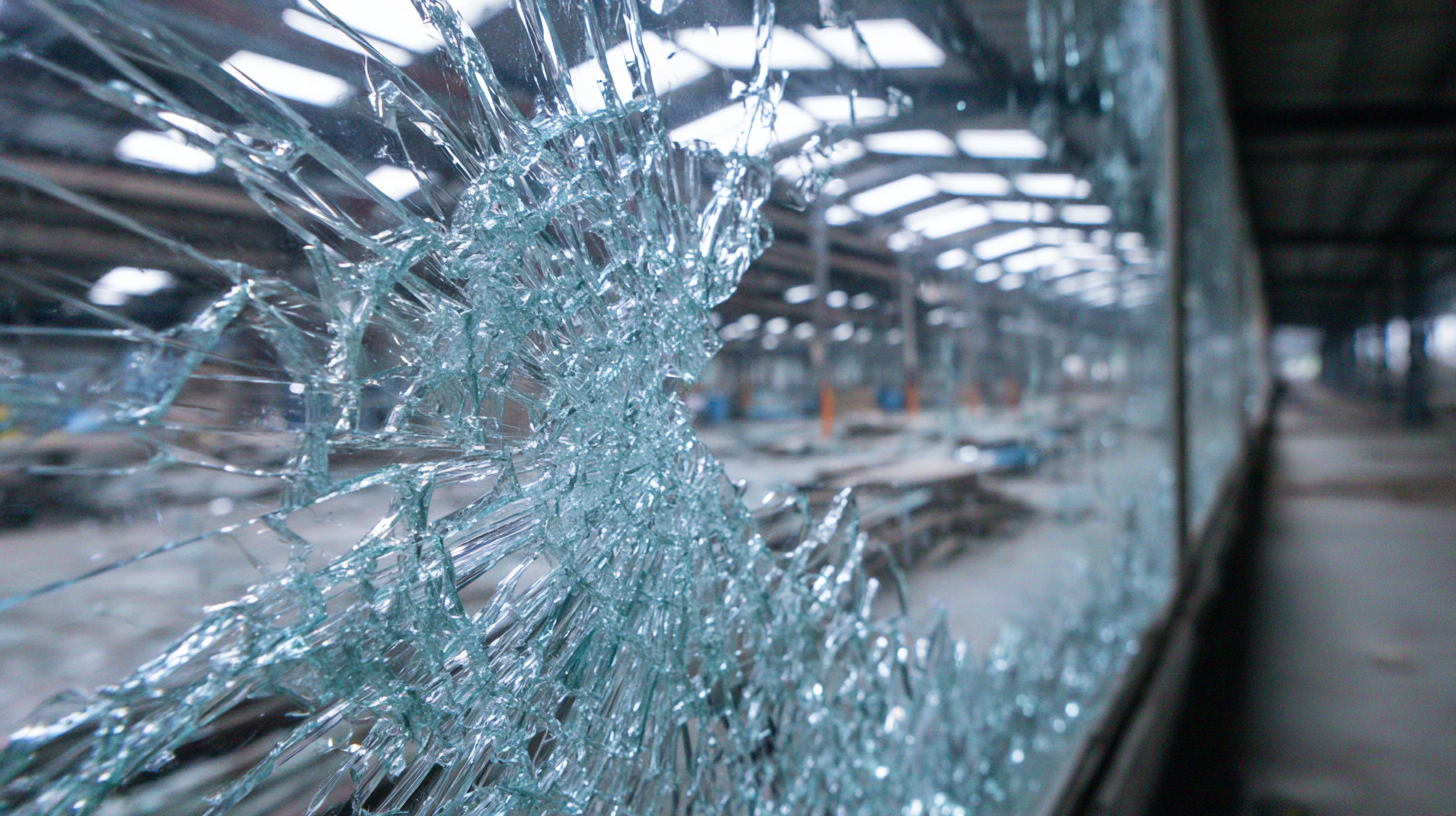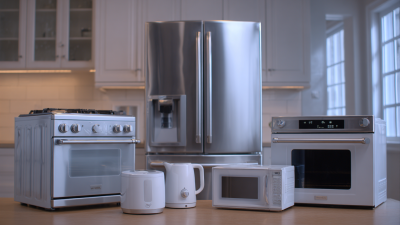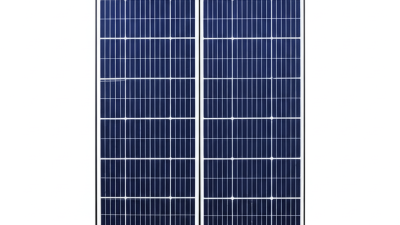
In the ever-evolving landscape of modern architecture and design, the emergence of innovative materials has transformed the way we conceive and construct buildings. One such groundbreaking development is Waterproof Glass, a remarkable fusion of elegance and functionality that is reshaping industry trends. As urban environments strive for increased durability and aesthetic appeal, the adoption of Waterproof Glass provides architects and engineers with versatile solutions to combat the challenges posed by weather elements. This blog will delve into the properties and benefits of Waterproof Glass, examining its integral role in contemporary architecture and its potential to redefine structures across various industries. Join us as we explore how this revolutionary material is not only enhancing the beauty of our architectural endeavors but also standing up to the demands of the modern world.

 Waterproof glass, a remarkable innovation in architectural materials, is designed to prevent the passage of water, making it an ideal choice for various applications in modern design. Unlike traditional glass, waterproof glass incorporates advanced coatings or specialized manufacturing processes that enhance its resistance to moisture and environmental challenges. These properties not only protect the structural integrity of buildings but also improve their aesthetic appeal, allowing for seamless integration of large glass facades and windows in areas prone to humidity or heavy rainfall.
Waterproof glass, a remarkable innovation in architectural materials, is designed to prevent the passage of water, making it an ideal choice for various applications in modern design. Unlike traditional glass, waterproof glass incorporates advanced coatings or specialized manufacturing processes that enhance its resistance to moisture and environmental challenges. These properties not only protect the structural integrity of buildings but also improve their aesthetic appeal, allowing for seamless integration of large glass facades and windows in areas prone to humidity or heavy rainfall.
In recent years, the demand for waterproof glass has surged, driven by an increasing emphasis on sustainable building practices and innovative architectural designs. Its ability to withstand harsh weather conditions while providing transparency and light is revolutionizing commercial and residential projects alike. Furthermore, as industries focus on energy efficiency, waterproof glass also contributes to thermal performance, minimizing the need for additional insulation. This growing trend highlights how modern architecture is evolving, utilizing materials that not only fulfill functional requirements but also enhance the overall occupant experience by fostering a connection between indoor spaces and the natural environment.
The emergence of waterproof glass technology has revolutionized modern architecture, enabling the creation of strikingly innovative structures that defy traditional design boundaries. In 2022, the global market for waterproof glass was valued at approximately $3 billion and is projected to grow at a CAGR of 8.5% through 2028, according to a report by Grand View Research. This rapid growth is fueled by the increasing demand for durable building materials capable of withstanding harsh weather conditions while maintaining aesthetic appeal.
Key innovations in waterproof glass, such as superhydrophobic coatings and advanced polymer composites, have significantly enhanced the performance and versatility of glass in architectural applications. For example, research from the Journal of Building Engineering reveals that the application of these coatings can reduce water adhesion by up to 90%, leading to decreased maintenance costs and prolonged lifespan of glass surfaces. Furthermore, waterproof glass solutions are being embraced in residential, commercial, and industrial applications, reflecting a trend towards sustainable building practices and energy efficiency that aligns with the LEED certification standards increasingly adopted worldwide.
Waterproof glass has emerged as a vital component in sustainable building design, significantly influencing modern architecture. Its unique properties allow for enhanced durability and resistance to environmental challenges, which is crucial as we face increasingly severe weather patterns. The ability of waterproof glass to integrate seamlessly into various architectural styles means that buildings can be both aesthetically pleasing and functional, catering to the needs of urban environments striving for sustainability.

Tips for implementing waterproof glass in projects include considering its thermal efficiency and how it can contribute to energy savings. When selecting glass for your building, opt for options that not only provide waterproof capabilities but also feature low emissivity to enhance insulation. Collaborating with skilled architects who understand the nuances of waterproof materials can lead to innovative designs that push the boundaries of traditional construction.
As trends indicate a growing demand for eco-friendly solutions in construction, the market for waterproof and ultra-thin glass is expected to expand, providing vast opportunities for innovation. By staying informed about advancements in glass technology and embracing sustainable practices, architects and builders can significantly impact the future of construction and urban design.
The demand for waterproof glass is rapidly increasing across various industries, reflecting a broader trend in modern architecture and design. With advancements in technology, waterproof glass not only enhances aesthetic appeal but also provides durability and safety against water damage. As more builders and architects recognize the benefits, from residential projects to large commercial developments, the market's growth is expected to continue, with significant implications for materials suppliers and manufacturers.
Additionally, the rise of furniture rental services is influencing market dynamics. Estimated to reach a staggering $83.74 billion in 2024, the sector's expansion drives the demand for innovative materials, including waterproof glass. This trend highlights the importance of creating adaptable and resilient living spaces that cater to the evolving needs of consumers.
Tips: When choosing waterproof glass for your projects, consider its thermal efficiency and UV protection features. This will not only improve energy efficiency but also enhance the longevity of interiors. Additionally, collaborating with specialized suppliers can provide insights into the latest trends and materials, ensuring you stay ahead in this competitive market.
Waterproof glass has emerged as a transformative material in modern architecture, providing not only aesthetic appeal but also functional benefits. Notable case studies illustrate its successful application in contemporary projects. For instance, the use of waterproof glass in the Vitra Fire Station designed by Zaha Hadid showcases how it can create visually stunning yet durable structures. This building relies on innovative glass technology to withstand the elements, demonstrating how form and function can harmoniously coexist. According to a report by MarketsandMarkets, the global waterproof glass market is projected to reach $4.2 billion by 2025, indicating a growing trend towards materials that combine style and performance.
Another significant example is the Crystal Bridges Museum of American Art in Bentonville, Arkansas, which incorporates waterproof glass in its façade. This strategic design choice not only adds to the visual experience of the natural surroundings but also enhances the building’s longevity against adverse weather conditions. The Architectural Institute of America has noted that projects utilizing advanced glass technologies like waterproofing have seen up to a 30% increase in energy efficiency. Such data emphasizes the importance of incorporating innovative materials in contemporary architectural design, reflecting current industry trends aimed at sustainability and resilience.





